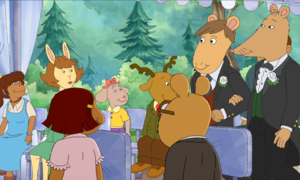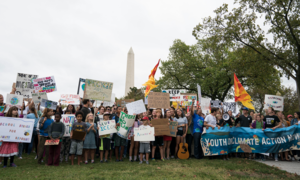publication
Social and Emotional Support
Research shows that students need to feel physically and emotionally supported to learn, but culture, climate and social emotional learning must focus on more than just empathy, kindness and inclusion.
May 26, 2023





